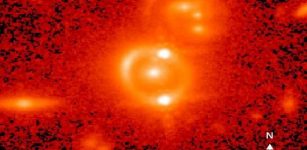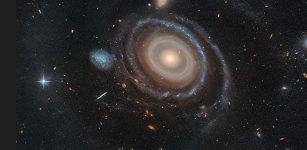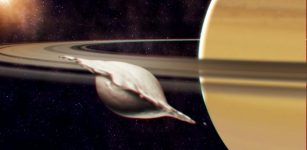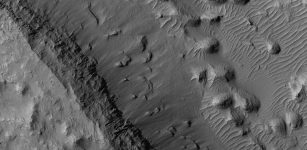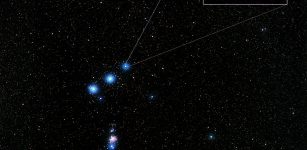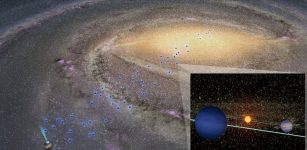Detailed Radio Map Of Jupiter Reveals What’s Hidden Beneath Colorful Clouds
MessageToEagle.om – Jupiter’s atmosphere is a complex system of belts, layers, storms, and cloud systems.
Using the Karl G. Jansky Very Large Array (VLA), located in New Mexico, University of California, Berkeley, astronomers have created the most detailed radio map of the gas giant, Jupiter, and uncovered some of important processes taking place beneath the colorful bands, spots and whirling clouds visible to the naked eye.
The final maps have the best spatial resolution ever achieved in a radio map: 1,300 kilometers.
The UC Berkeley researchers measured radio emissions from Jupiter’s atmosphere in wavelength bands where clouds are transparent. They were able to see as deep as 100 kilometers (60 miles) below the cloud tops, a largely unexplored region where clouds form.
The planet’s thermal radio emissions are partially absorbed by ammonia gas. Based on the amount of absorption, the researchers could determine how much ammonia is present and at what depth.
“We in essence created a three-dimensional picture of ammonia gas in Jupiter’s atmosphere, which reveals upward and downward motions within the turbulent atmosphere,” said principal author Imke de Pater, a UC Berkeley professor of astronomy.
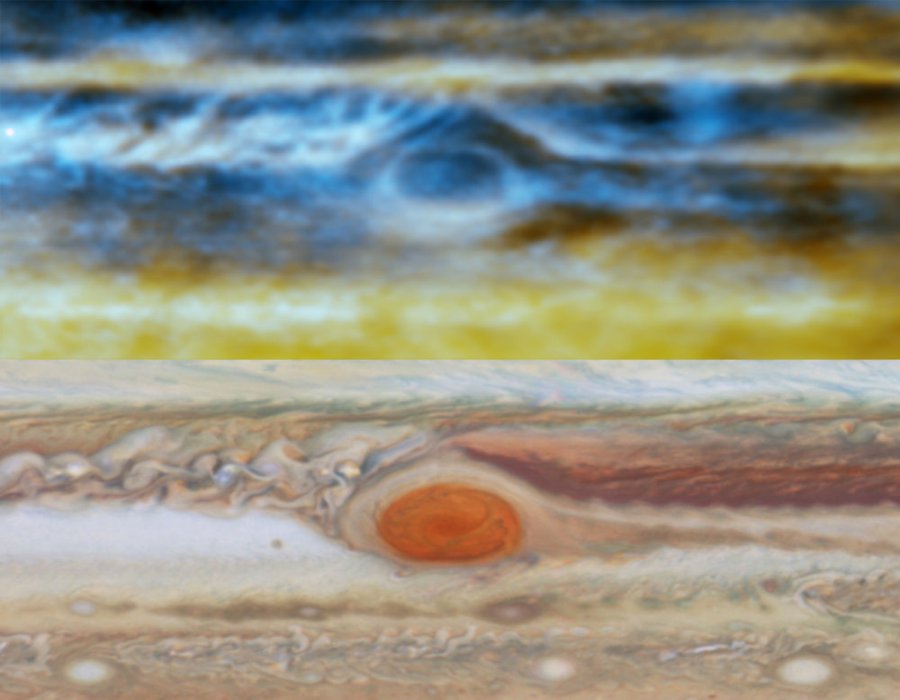
The radio map shows ammonia-rich gases rising into and forming the upper cloud layers and these clouds are easily seen from Earth by optical telescopes.
“With radio, we can peer through the clouds and see that those hotspots are interleaved with plumes of ammonia rising from deep in the planet, tracing the vertical undulations of an equatorial wave system,” said UC Berkeley research astronomer Michael Wong.
“We now see high ammonia levels like those detected by Galileo from over 100 kilometers deep, where the pressure is about eight times Earth’s atmospheric pressure, all the way up to the cloud condensation levels,” de Pater said.
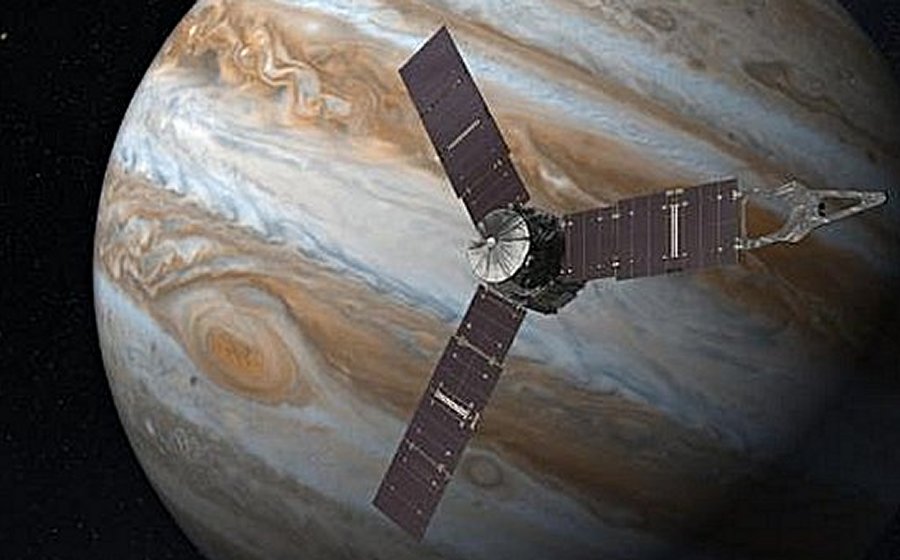
De Pater, Wong and their colleaugues will report their findings and highly detailed maps in the June 3 issue of the journal Science.
The observations are being reported just one month before the July 4 arrival at Jupiter of NASA’s Juno spacecraft, which plans, in part, to measure the amount of water in the deep atmosphere where the Very Large Array looked for ammonia.
More on JUNO spacecraft – here
MessageToEagle.com
Expand for references


